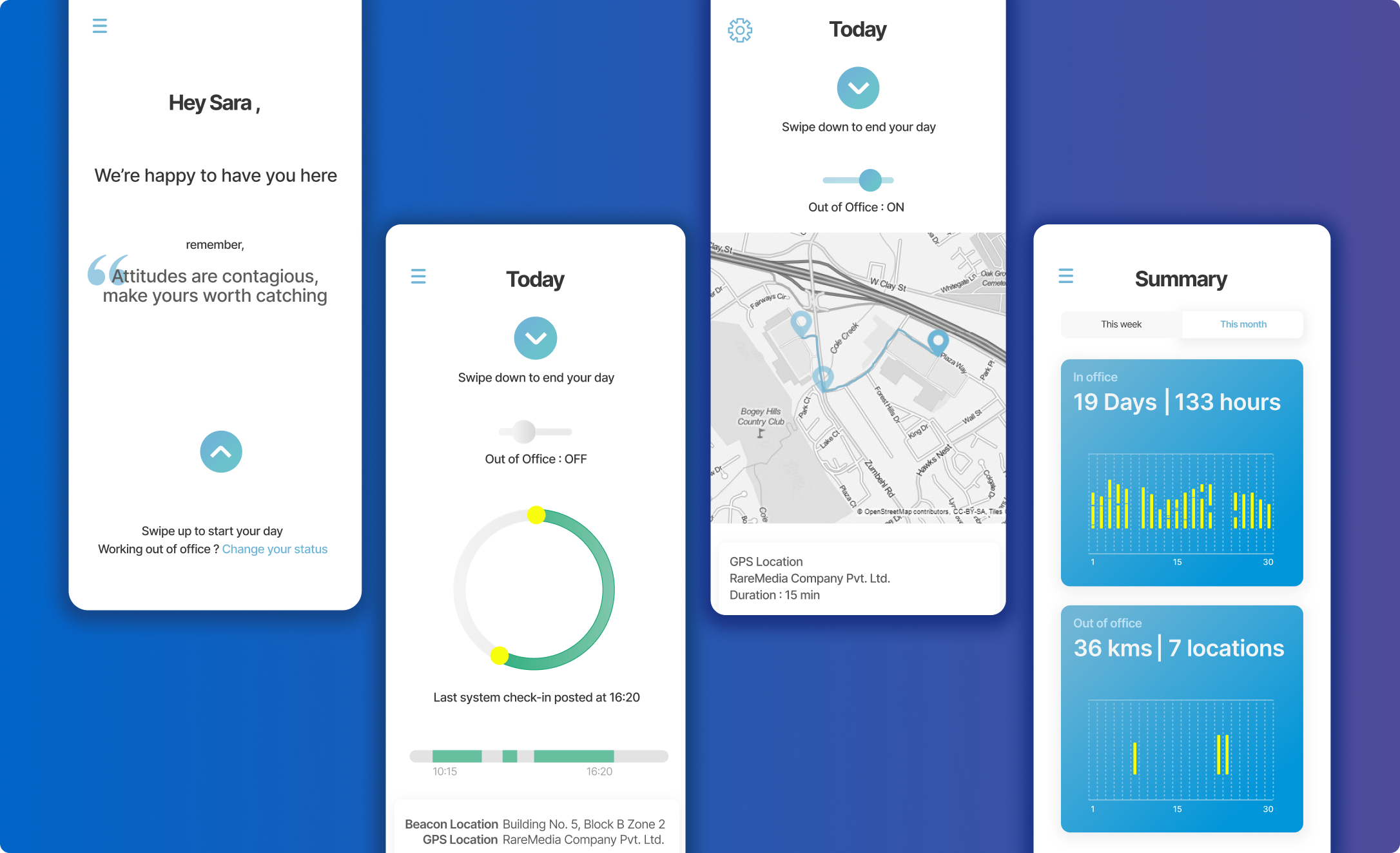

Bluedolphin's positioning system is a cloud-based eco-system of interconnected devices like smart lanyards, bluetooth low-energy beacons, and smartphone devices that enable the monitoring of people's movement in an indoor or outdoor space.
The exponential rise of smartphone penetration in India, along with data plans as cheap as $1 allowed for interventions in current employee presence management systems that used either expensive biometric and RFID systems, or relied on WhatsApp and text messaging.
UX Strategist &
Team Manager
Product roadmaps, conceptual design, interaction design, usability testing, dev & QA support, team mentoring
1 Design lead, 2 UI Designers
10 developers, 1 QA, 5 Sales,
2 Product Strategists.
2.5 years, Aug 2016 - Dec 2018
Adobe XD, Illustrator, Photoshop, JIRA
Creating a product from scratch is a challenge in itself. We were a very young team of 15, and we needed to be clear about what we want to be, as well as what we do not want to be. Continuous movement monitoring comes with its own ethical concerns and we needed to be very careful about the use cases that our platform would support.
Trivia : I left a safe corporate job to join BlueDolphin without any pay hike. I consider it as one of my best work experiences.
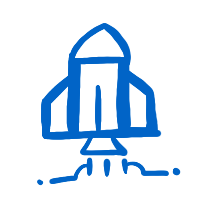
Typical startup environment
We had limited time, budget and resources. It can be tempting to be feature-heavy and we needed a very focused approach towards our product vision.
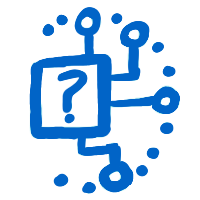
Working with unfamiliar technology
We needed to understand BLE technology and how we could use it to support various use cases
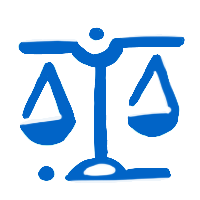
Ethical concerns about location monitoring
We needed to be careful about the use cases that we would support, and our users should not feel like they were being tracked
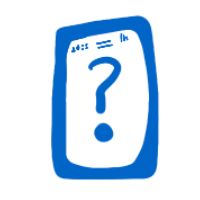
BYOD solution
With smartphones as cheap as $20 and tonnes of options to choose from, our solution needed to support multiple devices
BlueDolphin was already providing customised solutions to various clients for managing their field force. We needed to understand the common must-have features across our current clients and define a cohesive product experience
Trivia : I managed a team of 2 very
talented UI Designers. While I strategised
the solution for all touch-points, the UI
work was divided among the three of us
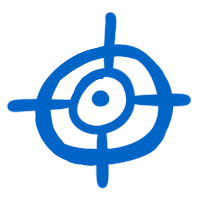
Define a singular goal
Resist the temptation to be everything for everyone.
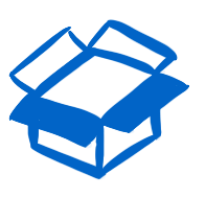
From feature thinking to product thinking
We needed to have an ability to say 'no' to heavy customisation requests that did not fit in with our vision
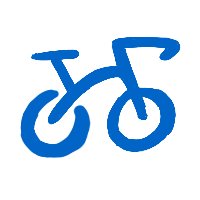
Making things just good enough
Resist the temptation to get stuck in the "perfection loop". Build something that’s better than perfect, something that works just good enough to validate concepts
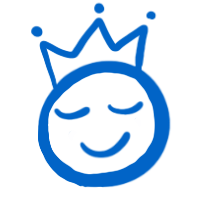
User-first focus
It was the first time since its inception that BlueDolphin would have a Designer in their team and we'd be taking a user-centric approach
I conducted interviews with some of our potential customers, collaborated with the sales team to understand market expectations, and made on-premise visits to observe the systems our customers were currently using
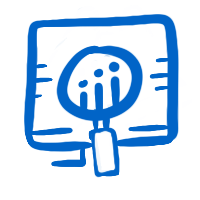
Competitive analysis
Understanding the current solution landscape and identifying opportunity areas
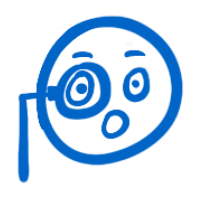
On-premise observations
Observing the systems that small businesses currently use for managing their on-field and in-house employees
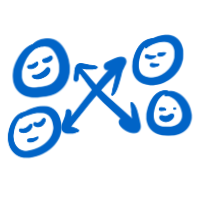
Cross-team collaborations
Collaborating with the Sales team to understand the current market trends and what their leads are expecting
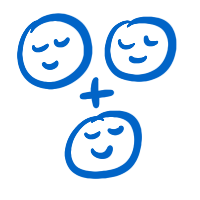
Gathering all perspectives
What are the sentiments of not just the managers, but also the employees in using the current systems
Small businesses cannot install expensive and time consuming biometric or RFID systems for day-to-day employee data management. They do not have enough employee-visibility to effectively manage payrolls based on hours clocked for in-house workforce and distance covered for on-field workforce. For employees, it is a cumbersome process to mark attendance on web dashboards or keep a tab of the locations they visit each day
Problem #1
Organisation has very little visibility
of day-to-day employee logistics
Problem #2
Manual tracking of employee data
is time consuming for the manager

Problem #3
Employees do not have an efficient
system for clocking hours and other
data
Problem #4
Employees sometimes backfill data
at the end of the month and do not
always remember it accurately

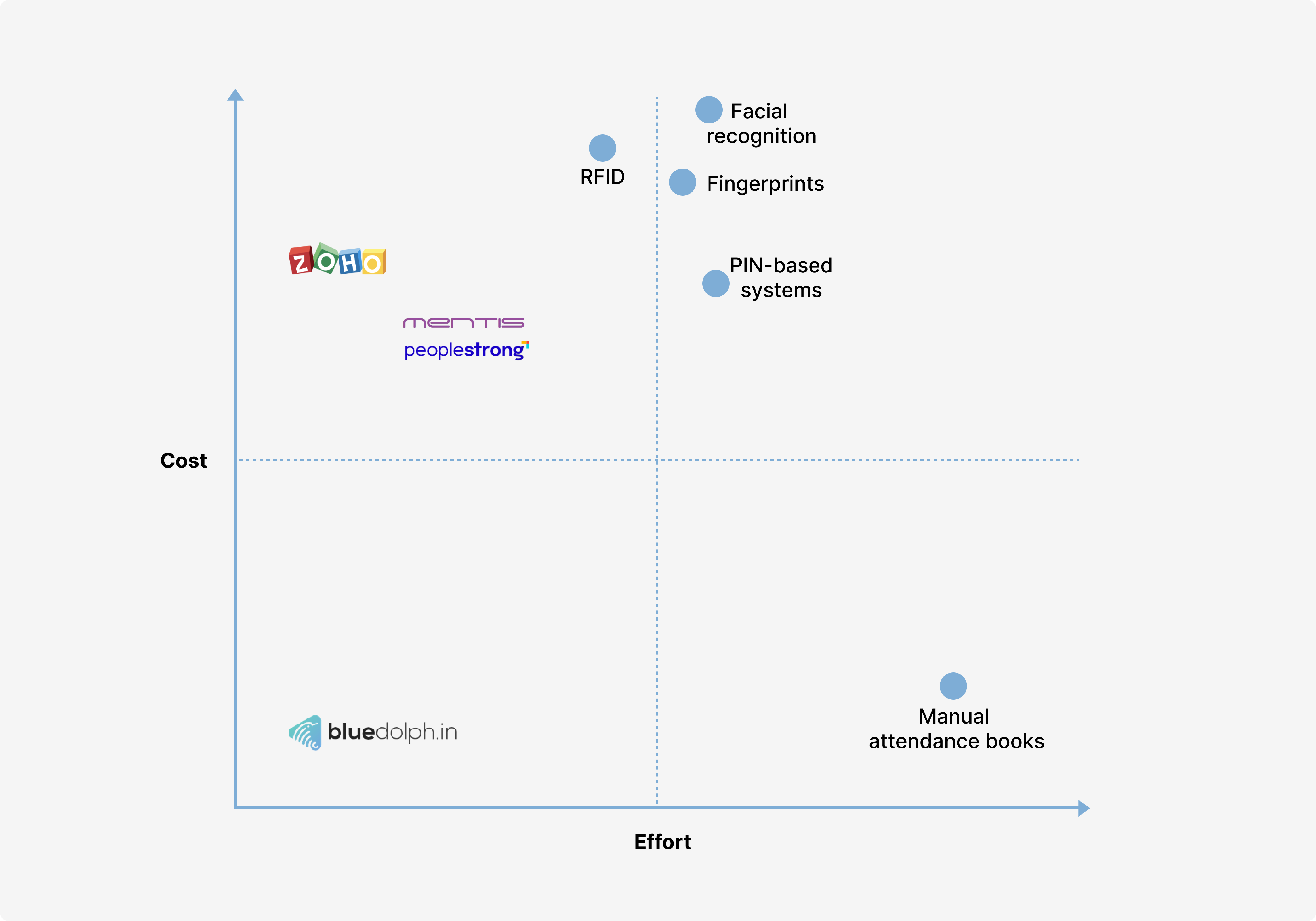
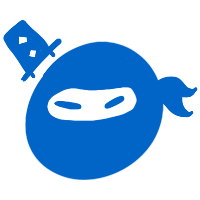
The mobile experience should be as hands free as possible

Employees should not feel
micro-managed or tracked

Generated statistics should be
trustworthy and reliable
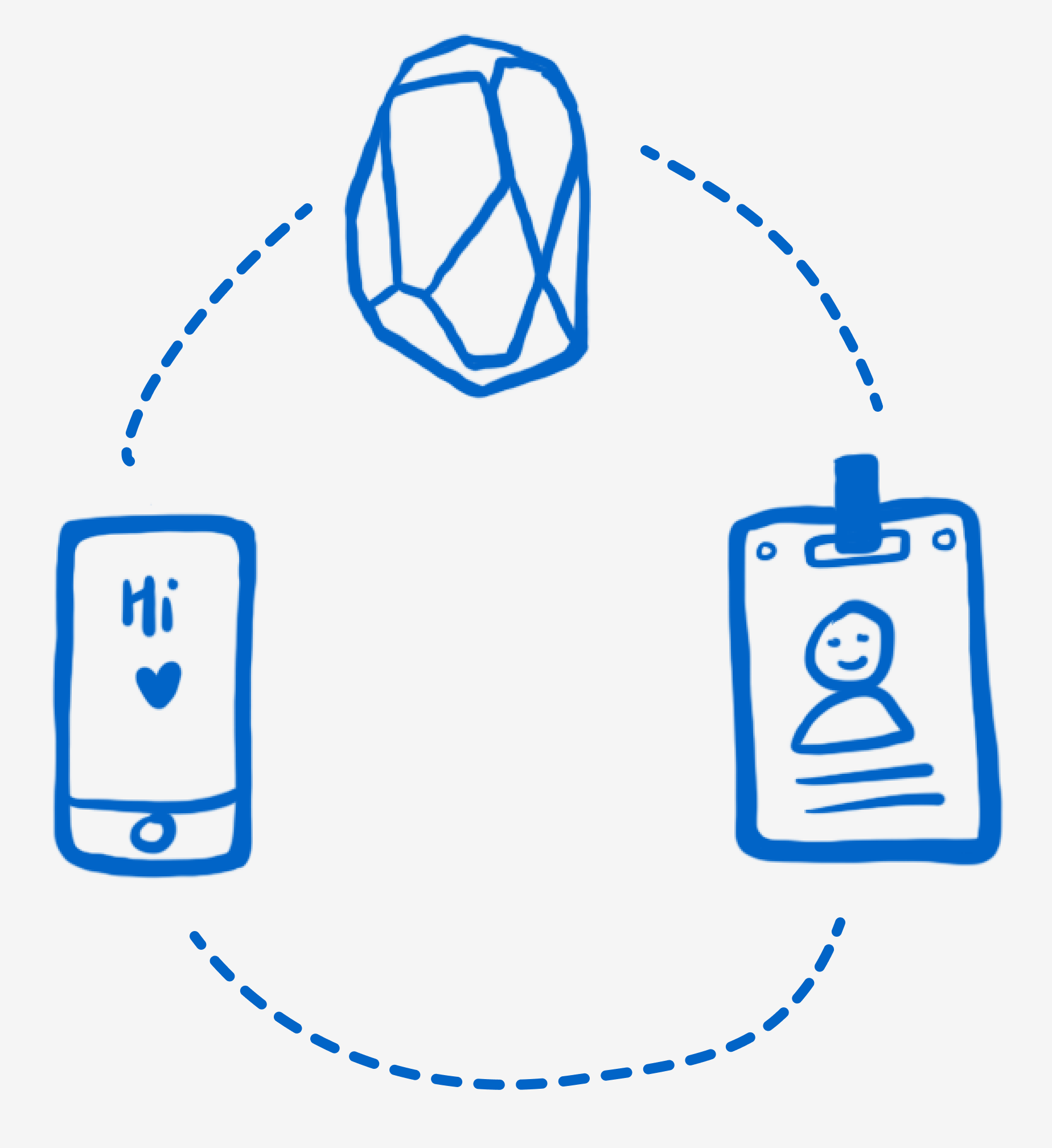
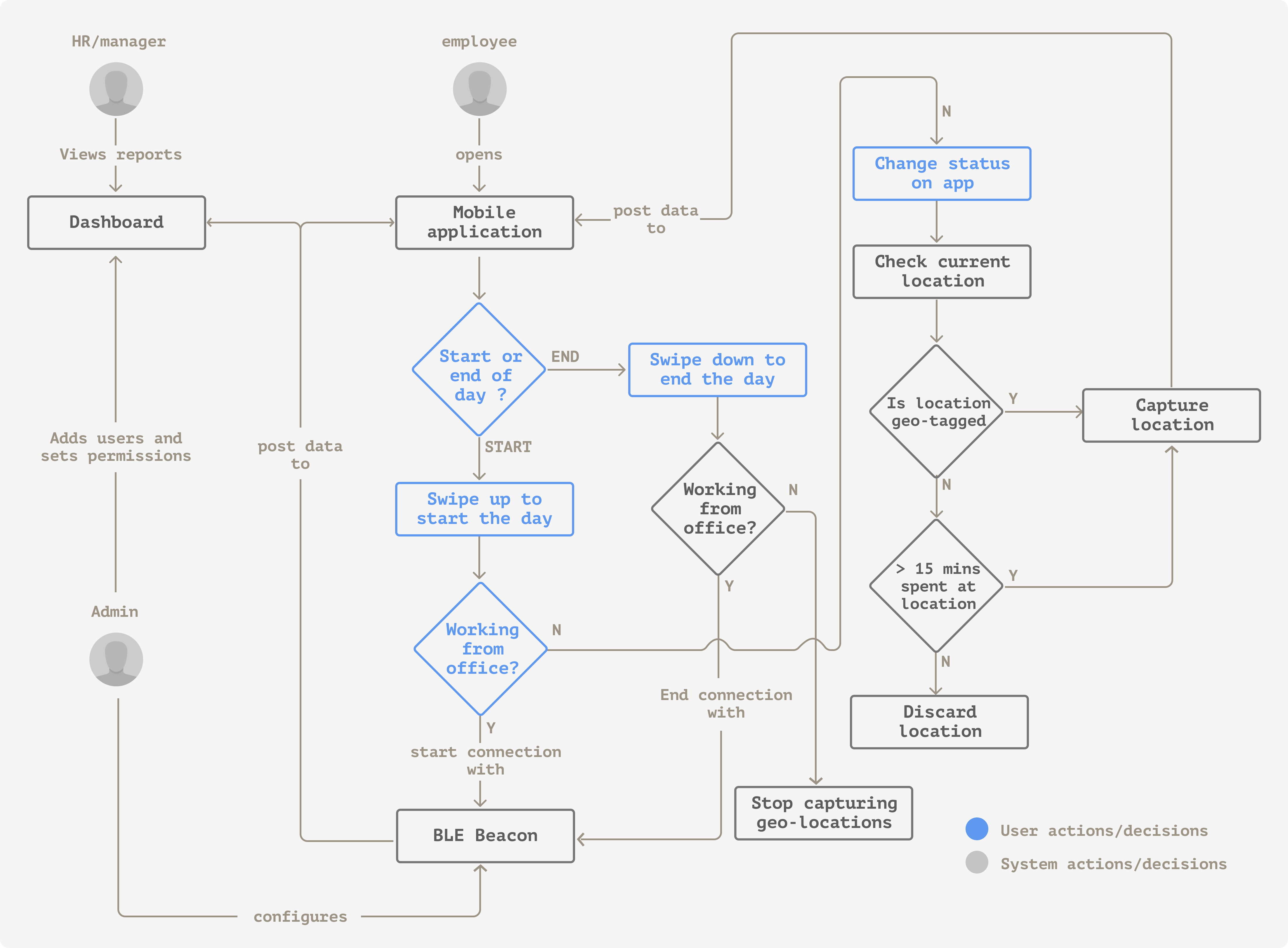
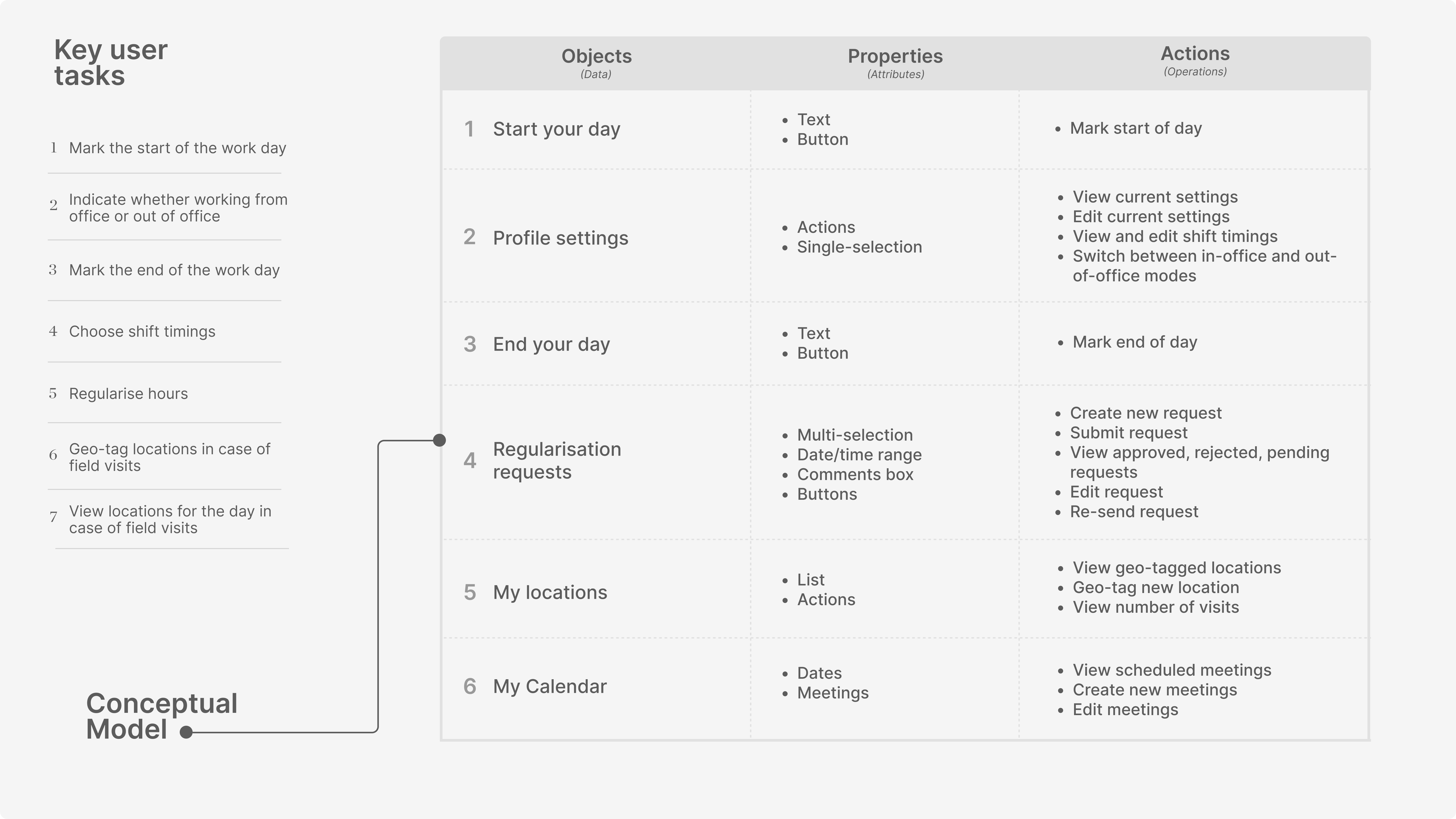
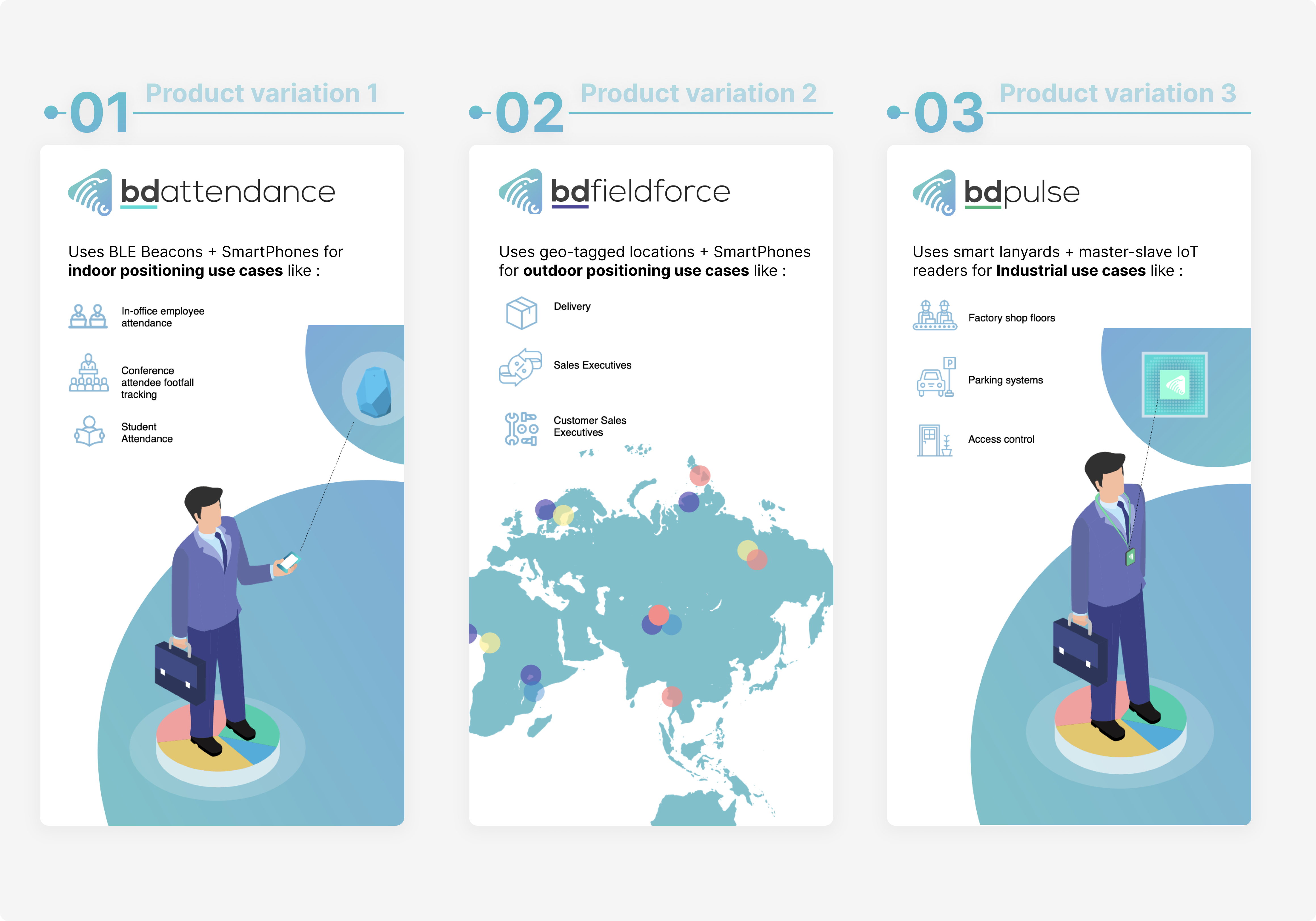
Swipe up from the landing screen
to start your day. Swipe down to
end your day.
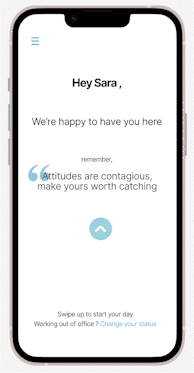
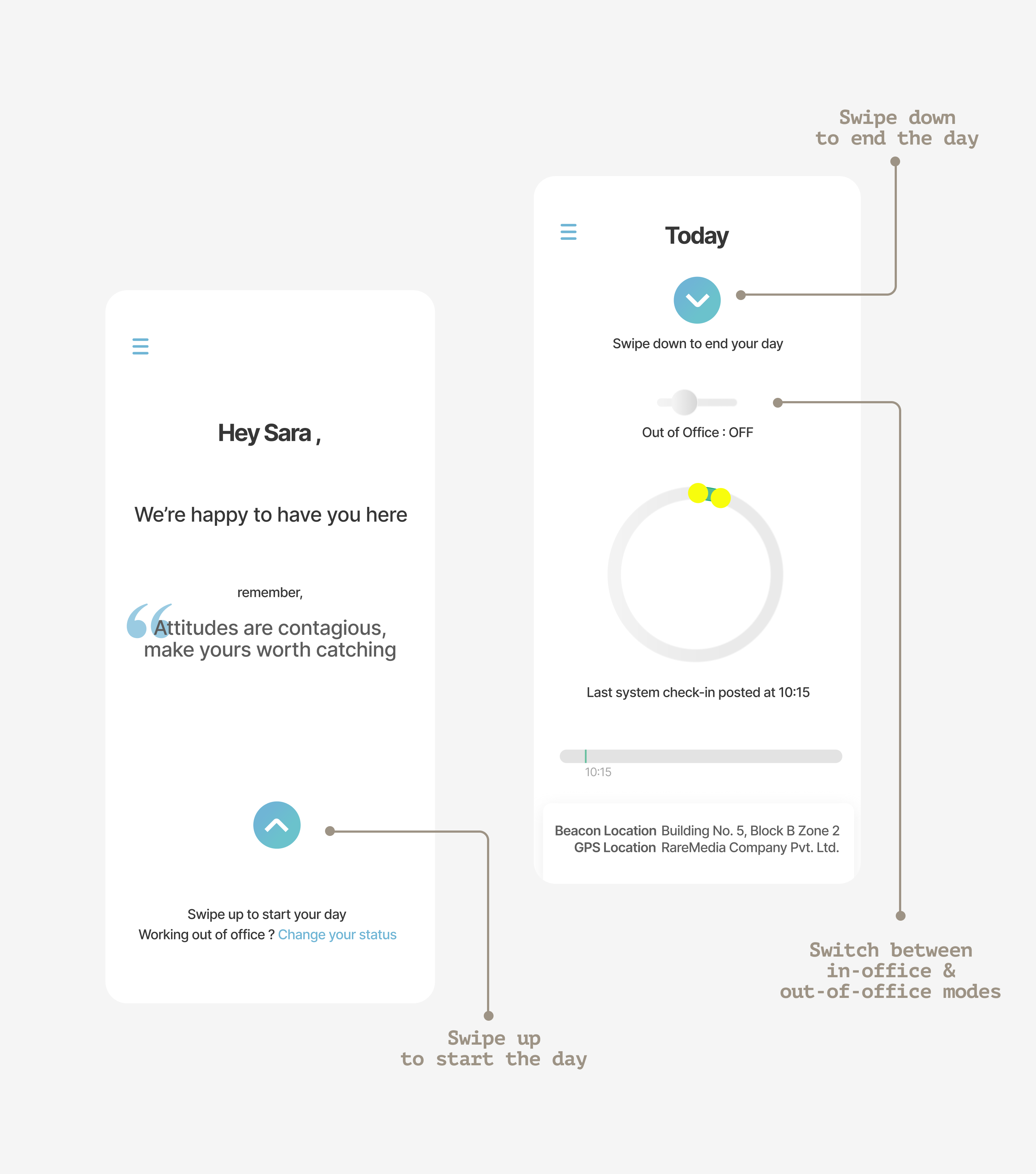
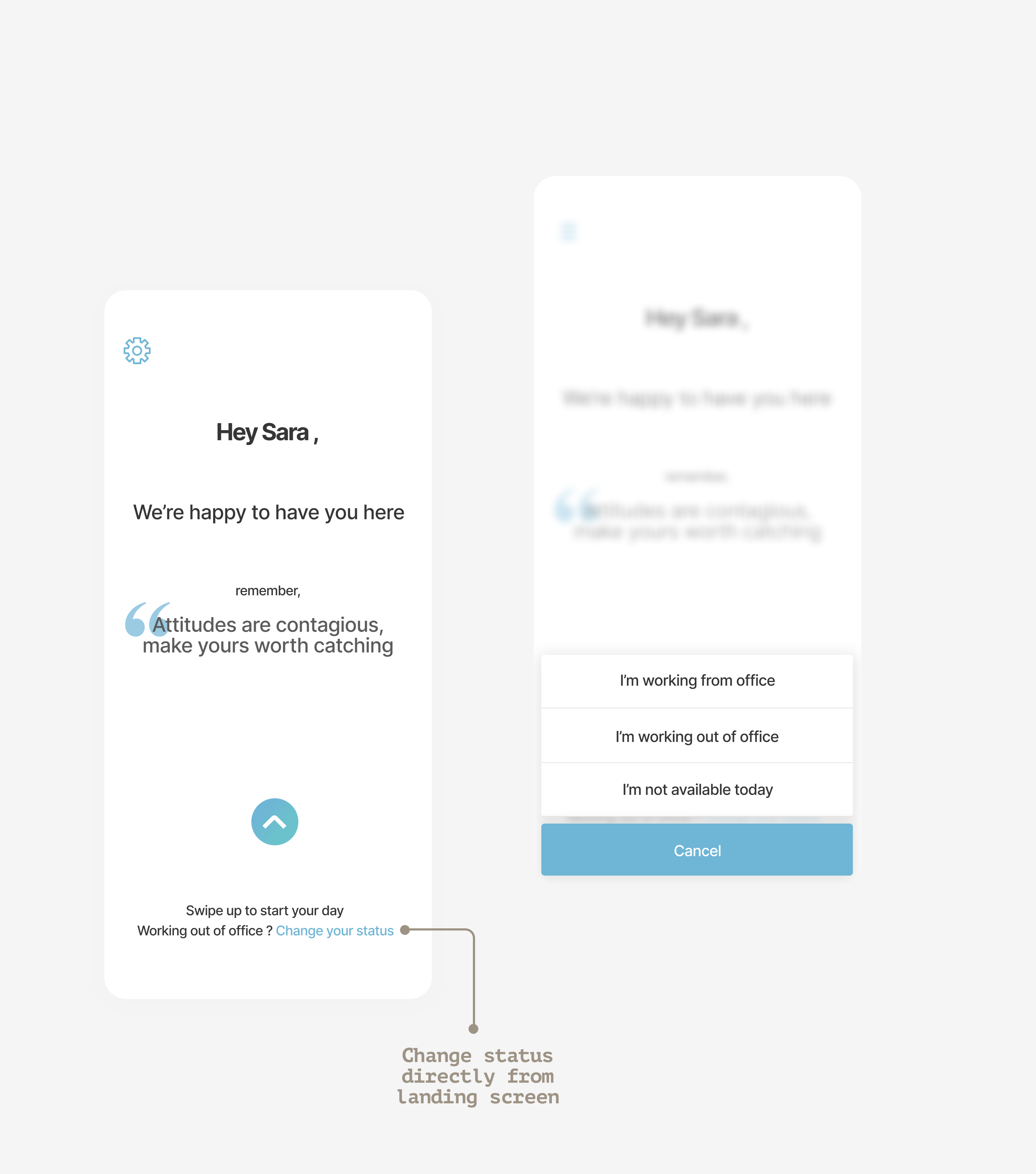
Switch work status
before starting your day
or after starting your day
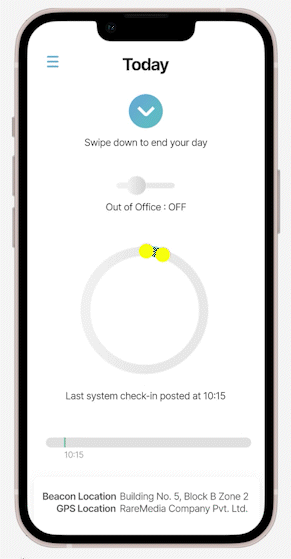
View data about in-office hours
or distance travelled while
working out of office
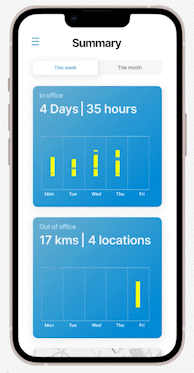
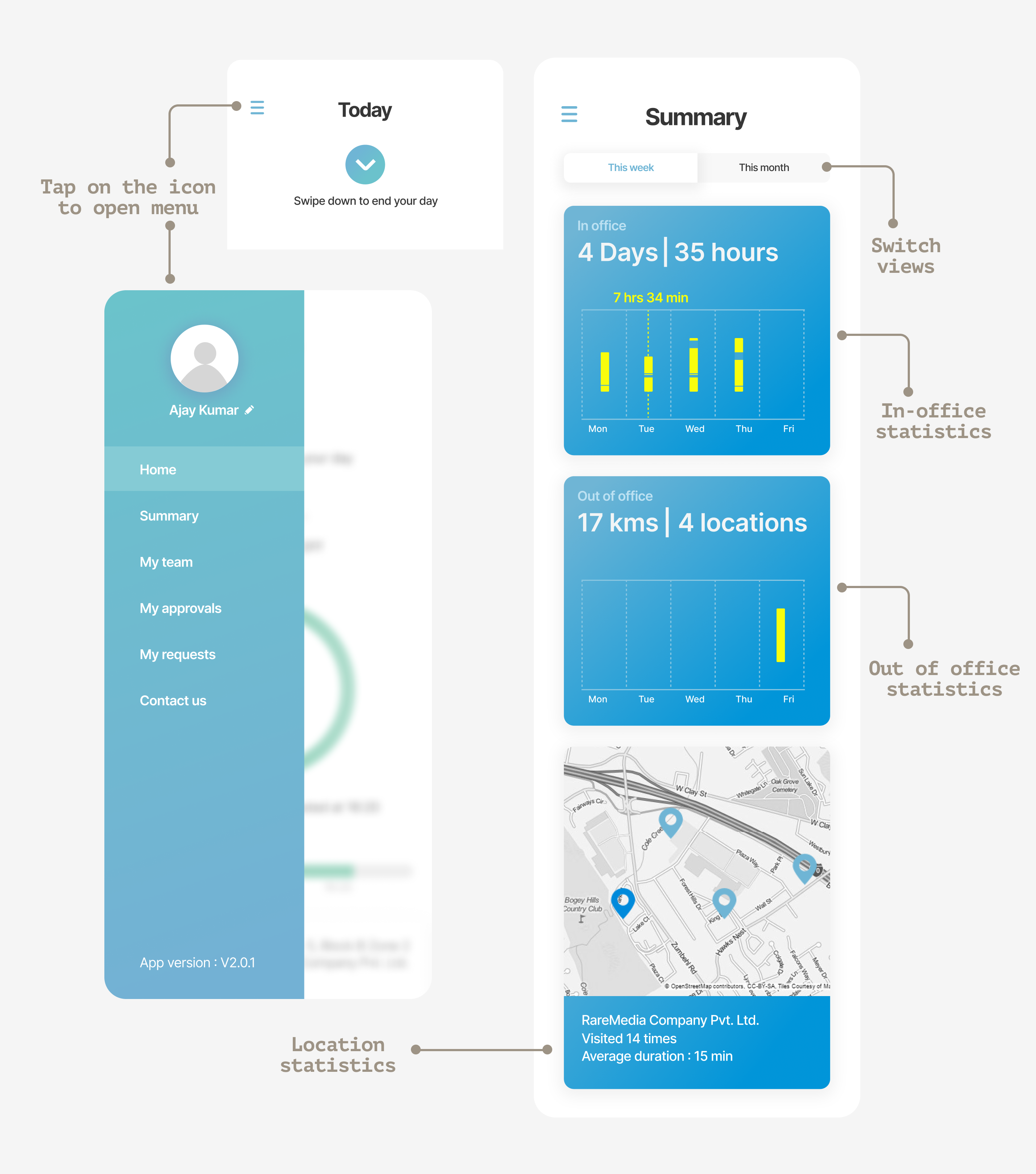
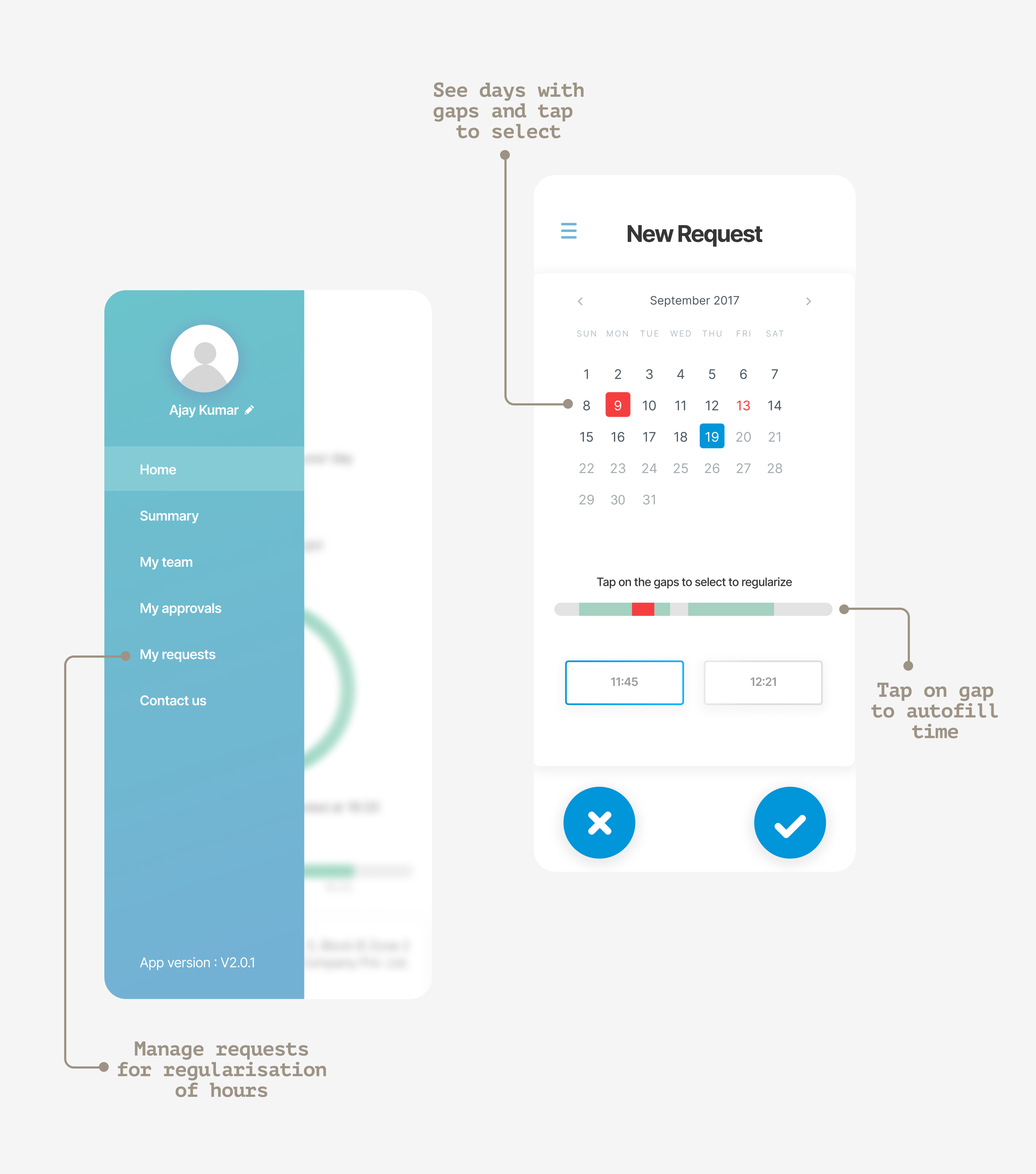
Create a request to regularise
both in-office or out-of-office
hours for manager's approval
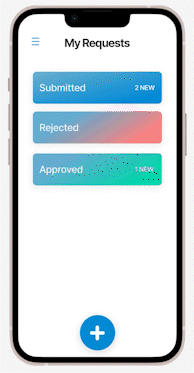
Make selections like
shift timings, work status
and organisation
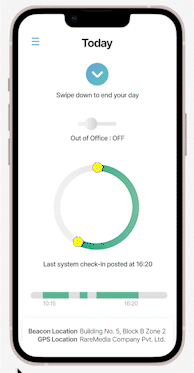
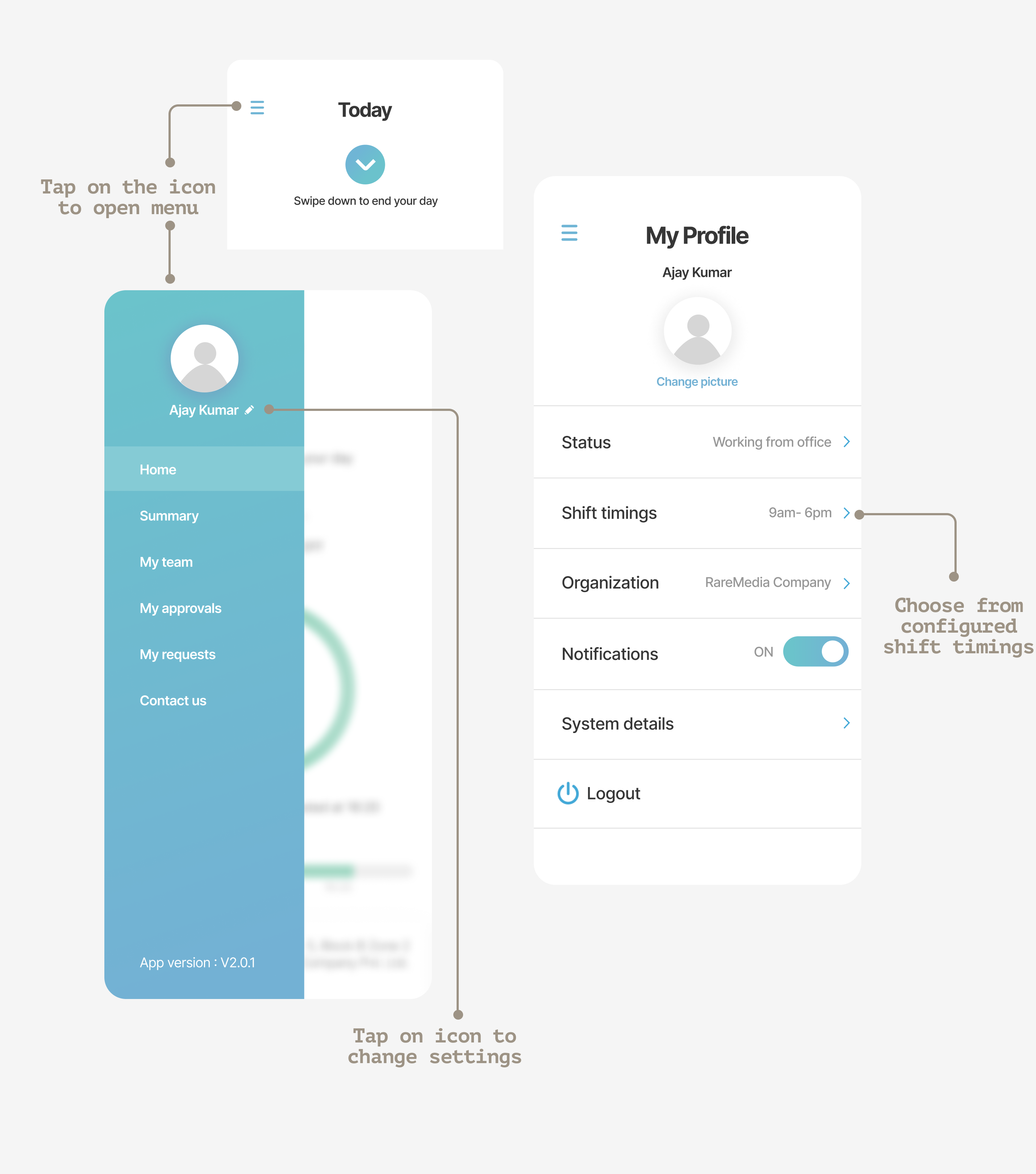
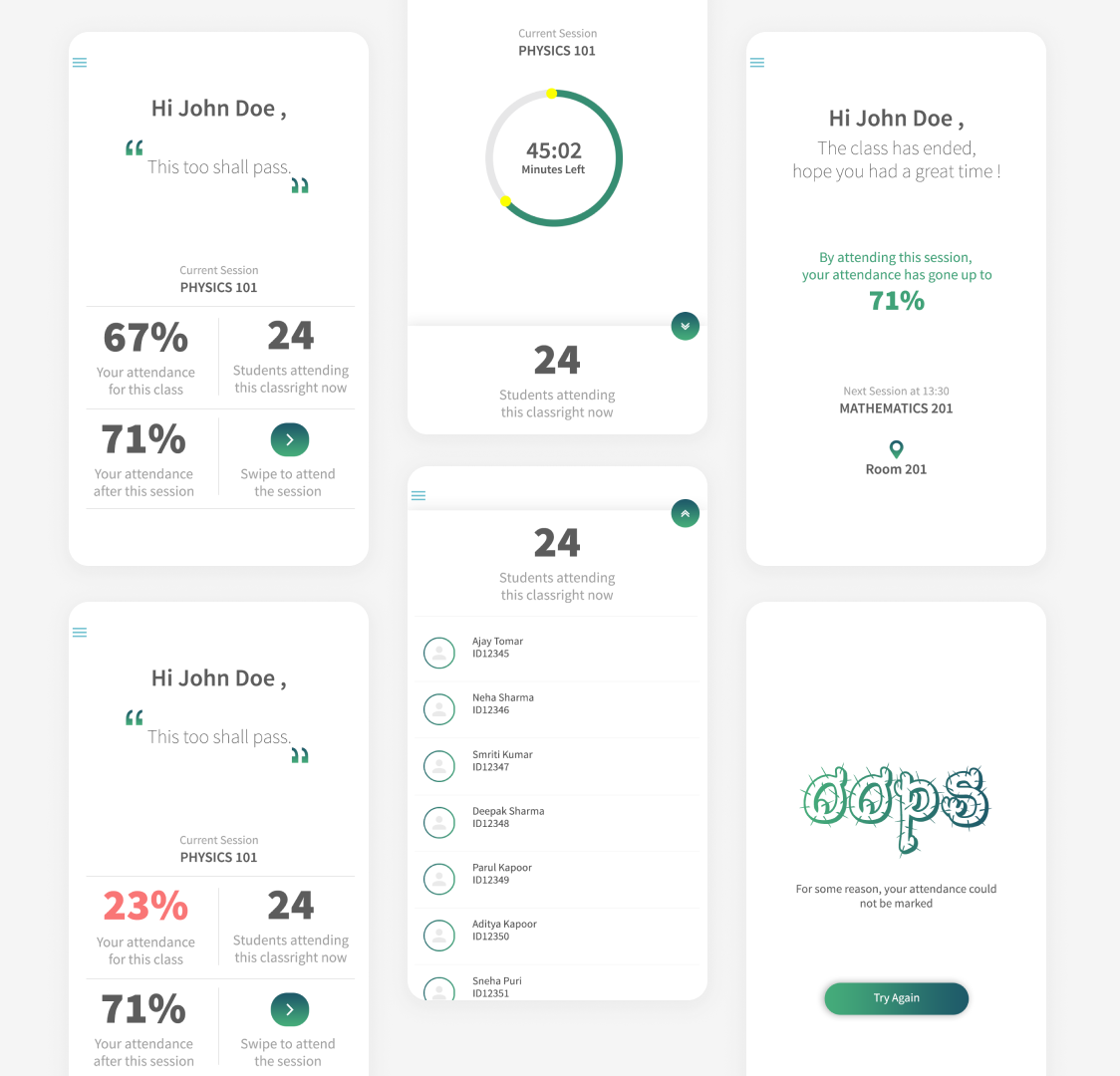
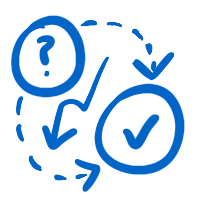
A shorter time frame and increased numbers for lead conversion
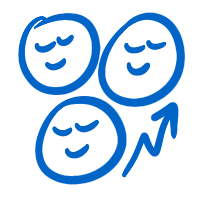
An increase in daily active users
and increase in app downloads
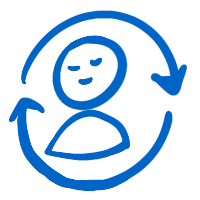
An increase in retention rate and
decrease in churn rate
I learned how to adapt my design practice to a very fast
paced and dynamic environment. It was also my first time
managing a team and I learned so much from them. I think it is crucial that I hire people whose strengths are different than mine.
I could have been more process oriented and had more structure to everything we did. We did not maintain much documentation and that made things messy on some occasions.